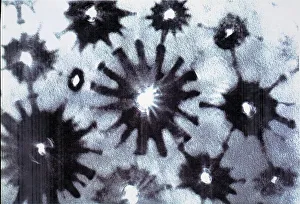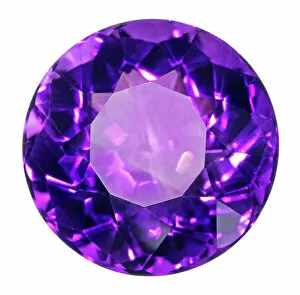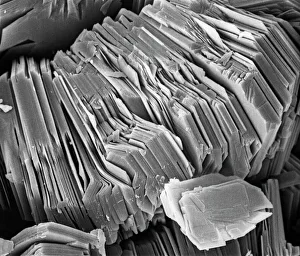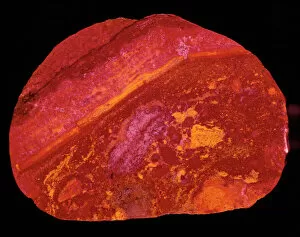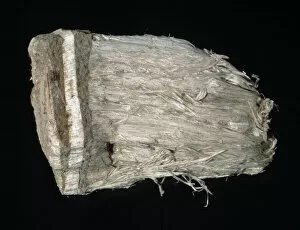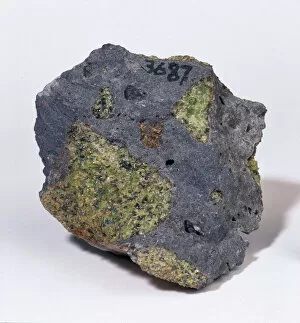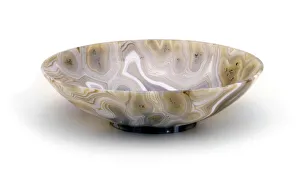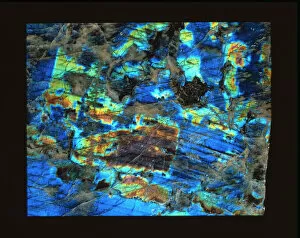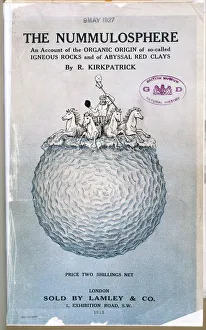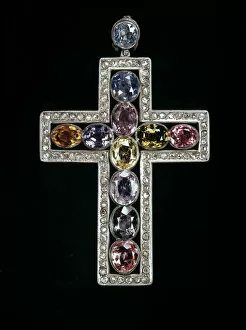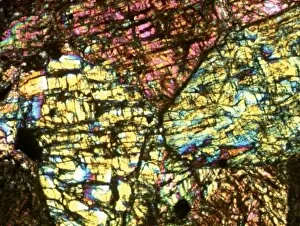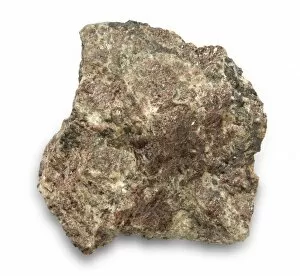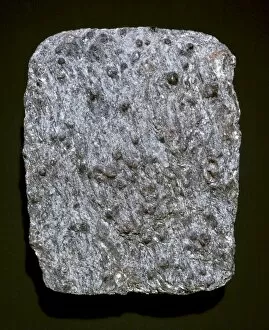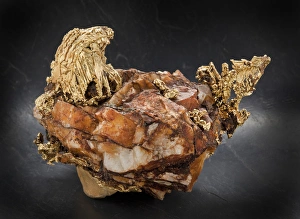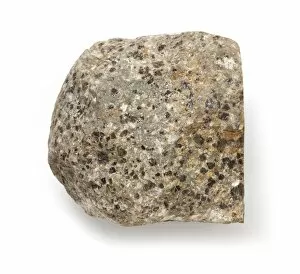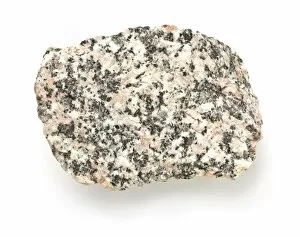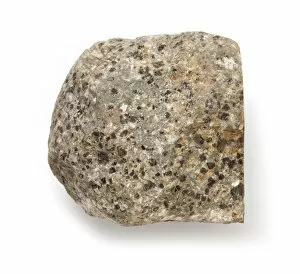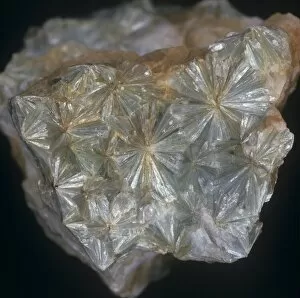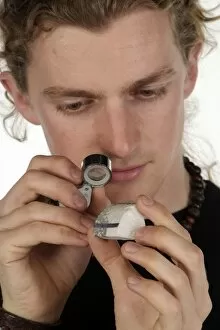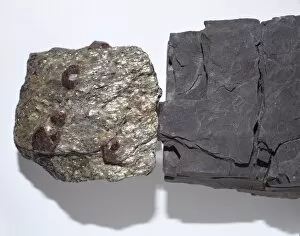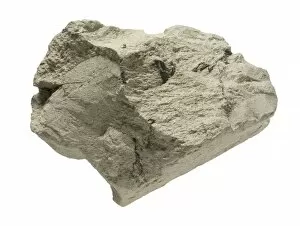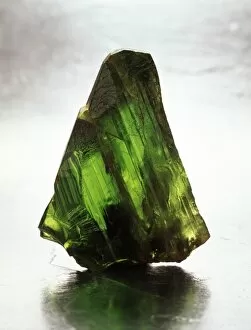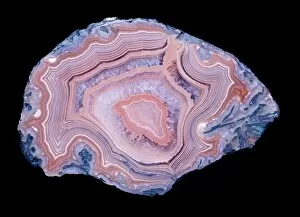Silicate Mineral Collection
Silicate minerals, a diverse group of rock-forming minerals, have captivated geologists and gem enthusiasts for centuries
All Professionally Made to Order for Quick Shipping
Silicate minerals, a diverse group of rock-forming minerals, have captivated geologists and gem enthusiasts for centuries. From the infamous Crysotile asbestos to the stunning Birthstone Series featuring Amythest Quartz, these minerals showcase both their beauty and significance in various forms. One such example is Kaolinite, a clay mineral known for its delicate white appearance and extensive use in ceramics. Its fine texture makes it ideal for creating porcelain masterpieces that grace our homes with elegance. Jasper, on the other hand, presents itself as a vibrant stone with earthy tones ranging from reds to yellows. This silicate mineral has been cherished throughout history for its healing properties and is often used in jewelry or carved into intricate designs. Tremolite asbestos from France may raise eyebrows due to its association with health concerns; however, this fibrous it has found applications in heat-resistant materials like insulation and fireproof fabrics. Garnet Peridotite stands out among other silicate minerals due to its unique composition. Combining the deep red hues of garnet with olivine's olive-green coloration creates an extraordinary gemstone that exudes luxury when set into exquisite jewelry pieces. Benitoite takes center stage as California's state gemstone—a rare blue silicate mineral discovered only in San Benito County. Its mesmerizing sapphire-like shade enchants collectors worldwide who seek this precious treasure. An Agate bowl showcasing shades of grey and white demonstrates how nature can create captivating patterns within these silicate formations. Crafted by skilled artisans, this bowl adds sophistication to any space while highlighting the inherent beauty found within rocks. Beryl emerges as another remarkable member of the silicate family—known for its wide range of colors including aquamarine and emerald green. These gems have adorned crowns throughout history, symbolizing power and prestige. The Nummulosphere Part I.

